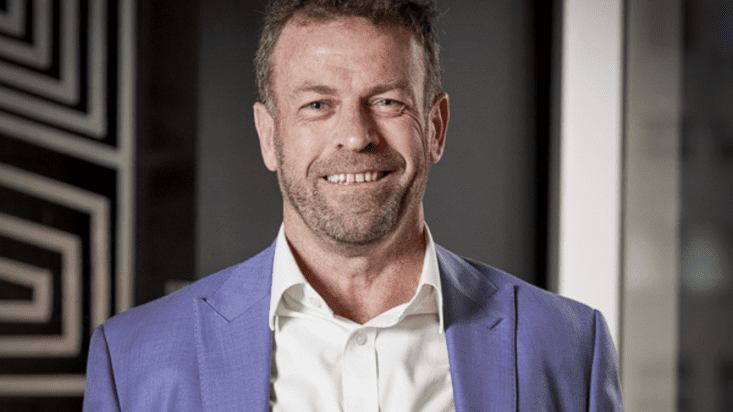Small caps come into focus as concentration risk pervades major markets
The ubiquitous ‘Magnificent Seven’ technology companies Apple, Microsoft, Alphabet, Amazon, Meta, Tesla and Nvidia have represented the tip of the concentration risk spear since 2022, when a post-GFC return to value was scuppered by ChatGPT and the emergence of artificial intelligence as a tornado-force market tailwind.
The Magnificent Seven tech stocks account for 30 per cent of the Nasdaq and raked in 70 per cent of earnings in 2023. Unsurprisingly, projections for these companies have soared.
“Earnings growth projections across those companies [over] three to five years is sitting well into the teens, which is really strong performance,” said Damien Hennessy (pictured), macro outlook specialist at Zenith, during a recent Brilliant Investment Group investment committee call. “And then the rest of the market is mid single digits, if that. So there’s a real disparity.”
But while the Magnificent Seven stocks seem like an egregious outlier, what’s happening in the US is relatively analogous with other major markets, and tech giants Apple, Microsoft, Alphabet, Amazon, Meta, Tesla and Nvidia aren’t alone in dominating their respective markets. Europe is dominated by the 11 companies that make up the so-called ‘Granolas’ of GlaxoSmithKline, Roche, ASML, Nestle, Novartis, Novo Nordisk, L’Oreal, LVMH, AstraZeneca, SAP and Sanofi. And in Australia, we have our own market bullies in the form of big banks.
“Concentration is a risk for the US market, but it’s not alone,” he said. “Concentration risk is evident in Europe, but it’s also evident here in Australia, we just need to look at our bank sector as well.”
Concentration risk may presently be an issue the world over, but that won’t always be the case. According to the investment committee, the market will cycle away from big growth stocks as interest rates come off the boil and begin to favour small and mid-cap companies.
“Historically small caps have needed a turn in the cycle to really start a sustainable rally,” Hennessy said. “It looks like that might be starting to unfold.”
The big technology stocks still has “a lot of legs” left to run, said Atchison Consultants principal Kevin Toohey, with plenty of AI’s performance potential as yet untapped. But cracks are starting to appear in the big technology stocks, with Tesla down 20 per cent from its all-time high in March and Tesla down 40 per cent this year.
Meanwhile, small cap indexes in the US and Australia are moving steadily into positive territory in 2024 as central bank commentary indicates the next moves for interest rates will be south.
“I think we saw in the markets, particularly in March, a little bit of a rotation coming out of the sort of the big seven,” Hennessy said. “We’re starting to evolve into something that says ‘Okay, now it’s safe to venture into emerging markets, maybe it’s safe to venture into value, we can start to look at small caps and so on. Once we get through this period of higher rate risk, I suspect that situation will really reemerge.”
Balancing the current market drivers with the forecast ones is a balancing act, however, and Toohey made clear that while Atchison is looking to tilt towards more value oriented stocks the need to mitigate against concentration risk was not as dire in all sectors. In the US, for example, technology may dominate the index but in other areas there is a good spread of competition.
“When it comes to that concentration risk… in some industry sectors that concentration risk isn’t so material. In the US industrials market, for example, it is a very evenly distributed asset class. And that’s the case for many others as well. When you look at a whole pie of the US market… there are many sectors where competition is rife.”











